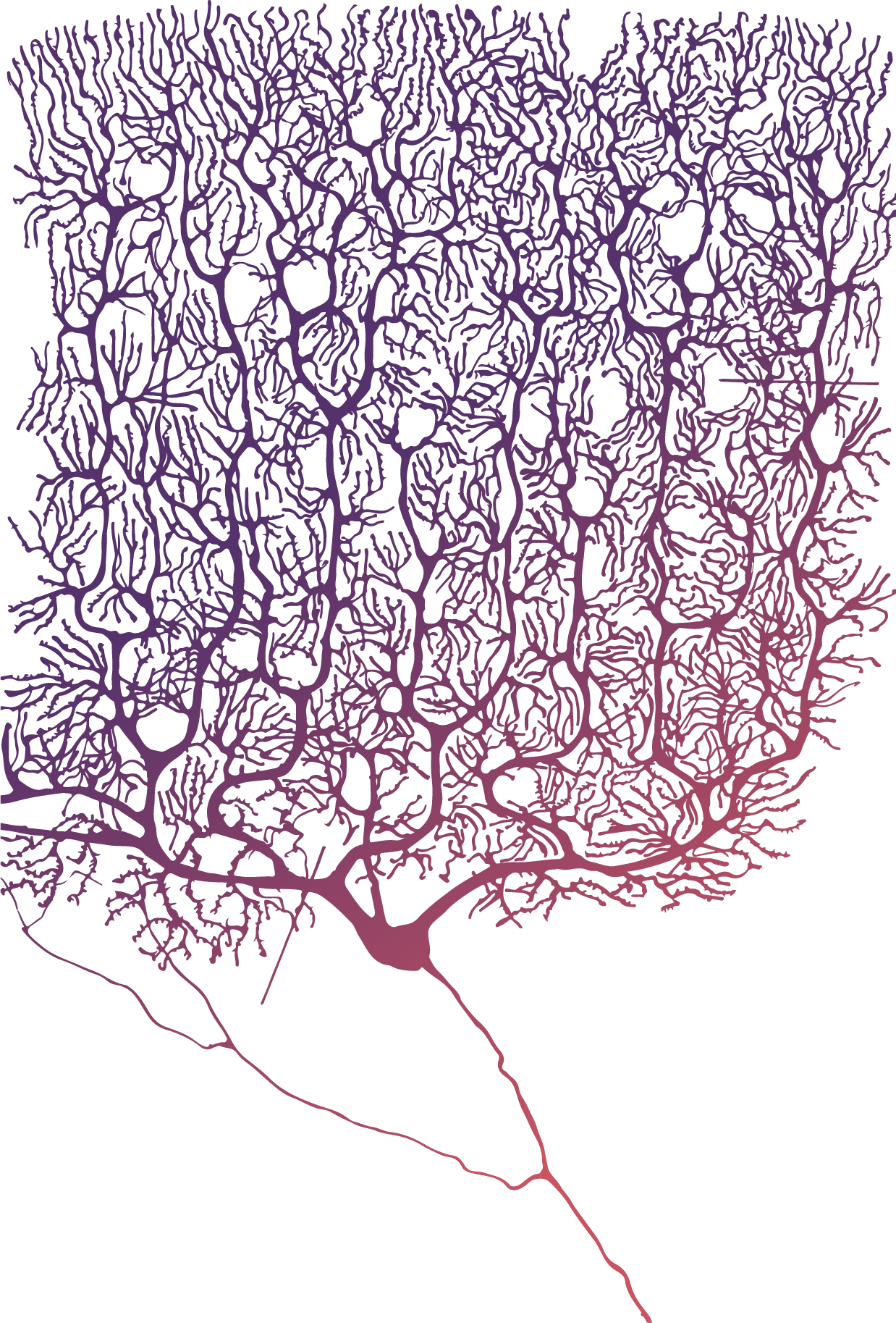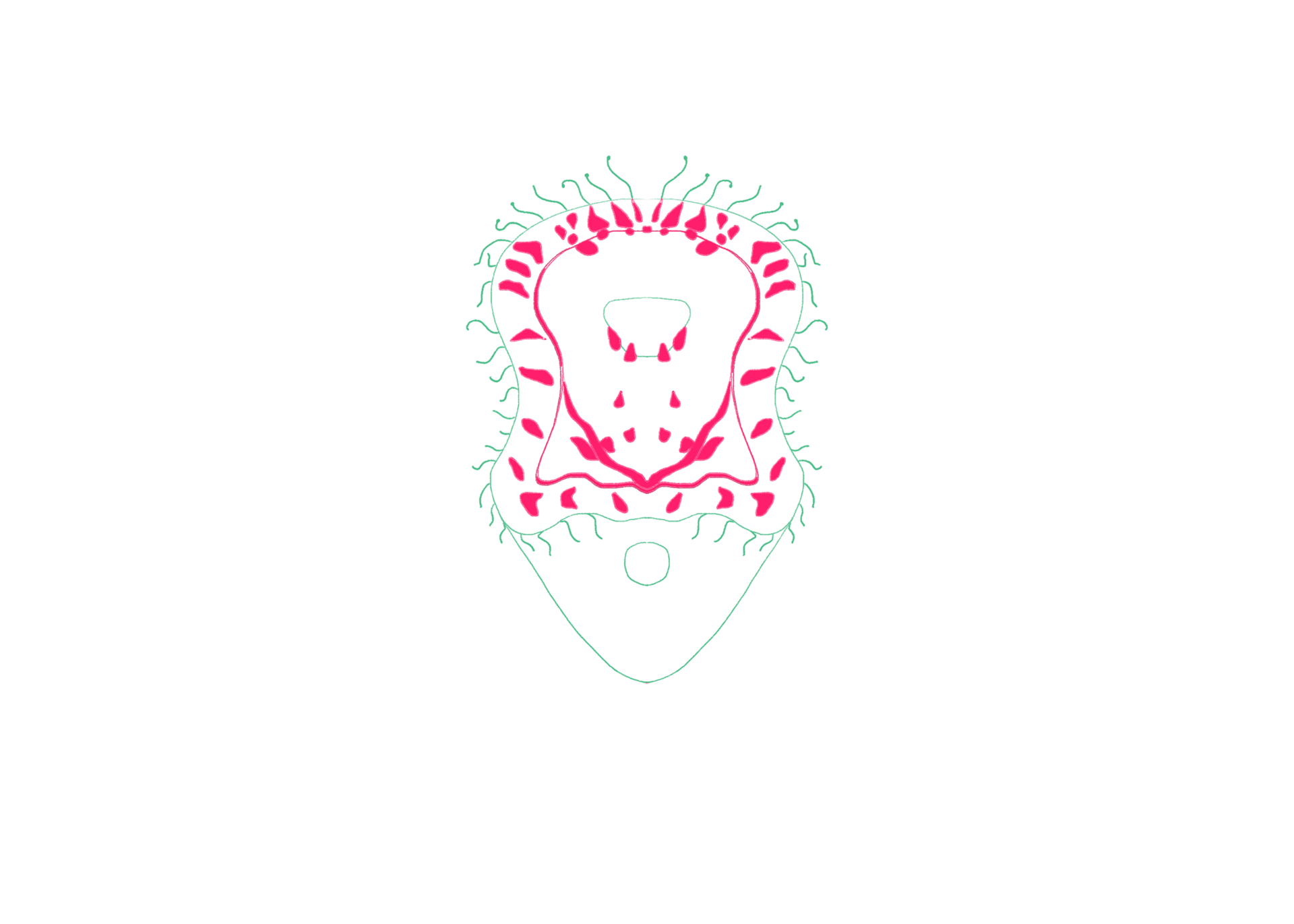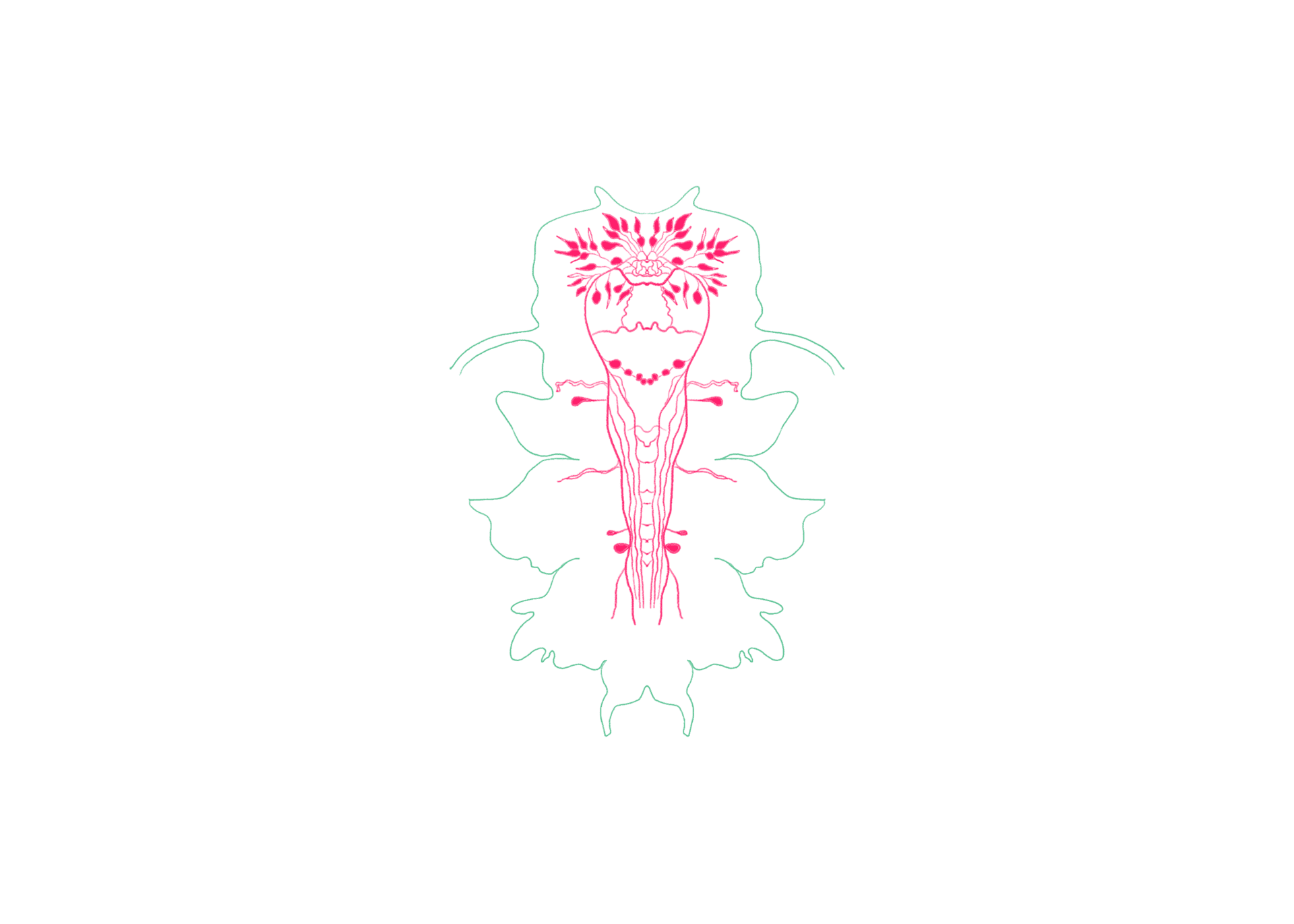The Superior Human?
Three scientists find astonishing similarities between their research animals and humans
as they dive deeper into the complexities of the animal’s nervous system.
What a piece of work is a man!


What a piece of work is a man!
How noble in reason!

What a piece of work is a man!
How noble in reason!
How infinite in faculty! …

What a piece of work is a man!
How noble in reason!
How infinite in faculty! …
In action how like an angel!

What a piece of work is a man!
How noble in reason!
How infinite in faculty! …
In action how like an angel!
In apprehension how like a god! …

What a piece of work is a man!
How noble in reason!
How infinite in faculty! …
In action how like an angel!
In apprehension how like a god! …
The paragon of animals!

What a piece of work is a man!
How noble in reason!
How infinite in faculty! …
In action how like an angel!
In apprehension how like a god! …
The paragon of animals!
Through Hamlet, Shakespeare comments on human nature.

After all, we seem to have pretty extraordinary consciousness.

After all, we seem to have pretty extraordinary consciousness.
The consciousness, the spirit,
and the soul are all concepts linked to our brain, concepts that transcend us from our biological human form.

After all, we seem to have pretty extraordinary consciousness.
The consciousness, the spirit,
and the soul are all concepts linked to our brain, concepts that transcend us from our biological human form.
No wonder there has always been an interest to understand our brain better.....


There is documented evidence of ancient civilizations making holes in the skull;


There is documented evidence of ancient civilizations making holes in the skull;
and even though the reasons for these procedures remain inconclusive,
it did mark the beginning of the research on nervous systems.
After all, the brain is a part of it.


Later in history, this research was tied to religious beliefs.


Later in history, this research was tied to religious beliefs.
Philosophers and physicians were on the search for our soul,


Later in history, this research was tied to religious beliefs.
Philosophers and physicians were on the search for our soul,
and the brain became a hot candidate for it.
Though they were left without any conclusions, findings from Egyptian papyrus to the detailed journals of Galen and many other Greek philosophers opened the door for today's neuroscience.


Later, the scientific revolution led to the birth of modern science.
The spiritual realm faded out of focus, and our physical surroundings became the center of attention.
.png)


Later, the scientific revolution led to the birth of modern science.
The spiritual realm faded out of focus, and our physical surroundings became the center of attention.
.png)


This led scientists to describe painstakingly what they saw with their own eyes.

This led scientists to describe painstakingly what they saw with their own eyes.
They dove deeper into understanding its characteristics, behaviours, and mechanisms.

With Darwin's theory of evolution, they also became interested in the origins of what they saw.

With Darwin's theory of evolution, they also became interested in the origins of what they saw.
In this case, the nervous system and the brain.

With Darwin's theory of evolution, they also became interested in the origins of what they saw.
In this case, the nervous system and the brain.
One way to trace back origins
is through comparison.

How is our nervous system related
to the ones of different animals?


While two centuries ago scientists compared whole organs, they continuously refined their comparative units to be more precise and detailed.
While two centuries ago scientists compared whole organs, they continuously refined their comparative units to be more precise and detailed.
And at the turn of the 20th Century
neurons became the center of attention.




drawing by Santiago Ramón y Cayal in 1899. © Cajal Institute, Madrid.
Santiago Ramón y Cajal and Camillo Golgi, in their first accurate methods and illustrations, pioneered research on neurons, the building blocks of the nervous system.

drawing by Santiago Ramón y Cayal in 1899. © Cajal Institute, Madrid.
Santiago Ramón y Cajal and Camillo Golgi, in their first accurate methods and illustrations, pioneered research on neurons, the building blocks of the nervous system.
Suddenly, scientists had a whole new range of questions to ask.
Suddenly, scientists had a whole new range of questions to ask.
What different types of neurons exist?
Suddenly, scientists had a whole new range of questions to ask.
What different types of neurons exist?
Do all animals have them?
Suddenly, scientists had a whole new range of questions to ask.
What different types of neurons exist?
Do all animals have them?
What is their function?
Our Researchers
Today our researchers can dive into the sub-cellular world discovering the molecular identity of the individual neurons. They make some pretty astonishing findings.
In their quest to understand the evolution of the nervous system, they are studying non-human animals:



They are asking how do these three nervous systems (in pink) relate to each other?



They are asking how do these three nervous systems (in pink) relate to each other?
While studying the neurons, they found
common genes in the nervous system in these animals that predate the existence of the
species and humans as well!
They are asking how do these three nervous systems (in pink) relate to each other?
While studying the neurons, they found
common genes in the nervous system in these animals that predate the existence of the
species and humans as well!
Let's see what made them conclude this.
Loading UMAPS ...
Datasets under the CC-BY-NC-ND license: Adult lamprey brain by Francisca Hervas-Sotomayor & Francesco Lamanna,
platynereis larva by Arendt lab, and sea urchin larva by Periklis Paganos.
We are able to see some interesting commonalities between these three animals.
They all have the gene "ChAT".
But how much can you trust a machine and algorithms?
Let's double check.
For this the researchers observe the
gene ChAT live in action!
They use different molecular techniques to color the gene ChAT inside the living cells of the animals.
This then lights up the gene underneath the microscope.



The silver dots are the nuclei of the cells (the small containers in the cells that store the DNA).
The pink dots are marking the places where the gene ChAT is active, hence they are marking the cholinergic neurons.
Through these microscopic photographs,
the researchers found proof that the gene is being active inside the cells of the animals.
It validates the findings from the maps!
We found that the 3 animals have cholinergic neurons marked by the same gene.
We can speculate that the last common ancestor of all three animals had this type of neurons,
We found that the 3 animals have cholinergic neurons marked by the same gene.
We can speculate that the last common ancestor of all three animals had this type of neurons,
implying that these cells, including the gene ChAT, appeared around 800 million years ago.
Now, this gene and neurons are present in humans too,
so the building units of our brain have been passed through so many generations,
predating the existence of our species.
In the end,
we are not that different from other animals.
In the end,
we are not that different from other animals.
Are we?








